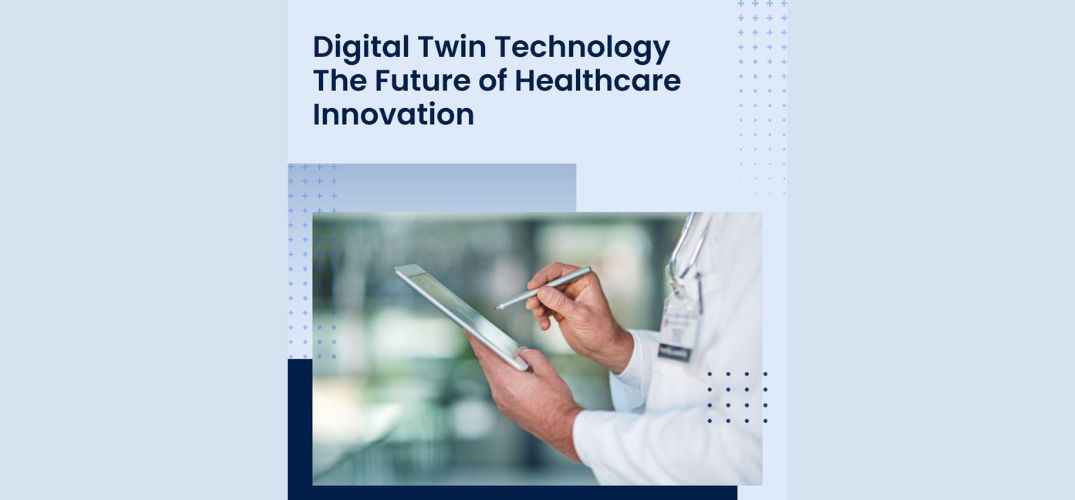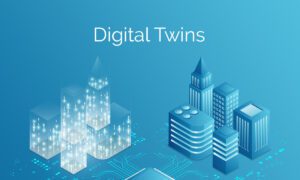In this modern era, by harnessing the power of real-time data, predictive analytics, and machine learning, digital twin technology is reshaping modern healthcare. Jaswanth Kumar Vuggumudi explores this revolutionary advancement, which has the potential to optimize patient care, enhance medical device management, and improve overall clinical efficiency.
A New Era in Healthcare Monitoring
Digital twin technology enables healthcare professionals to create virtual replicas of patients, medical devices, and healthcare processes. These digital twins integrate real-time data with historical health records, allowing for predictive diagnostics and personalized treatment planning. With the ability to analyze thousands of patient data points daily, healthcare institutions can proactively monitor conditions, preventing complications before they arise. Additionally, the technology allows for real-time adjustments in patient treatment protocols, ensuring medical interventions are timely and effective.
Revolutionizing Predictive Diagnostics
One of the most promising applications of digital twin technology is its role in predictive diagnostics. Advanced algorithms can process vast amounts of clinical data to detect disease patterns with remarkable accuracy. Healthcare facilities leveraging this technology have reported up to 94% accuracy in early disease detection, reducing the likelihood of diagnostic errors and enabling timely interventions. This approach improves patient outcomes by minimizing the risk of disease progression. Additionally, digital twins provide continuous monitoring for high-risk patients, significantly improving long-term healthcare management.
Optimizing Treatment Personalization
The integration of digital twins with artificial intelligence enables highly personalized treatment plans. By analyzing real-time patient responses, digital twins help physicians tailor medical interventions to individual needs. Studies indicate that treatment optimization using this technology has improved by nearly 45%, ensuring that patients receive the most effective therapies based on their specific health conditions. This personalized approach reduces the need for trial-and-error treatments, leading to faster recovery times and improved patient satisfaction.
Enhancing Medical Device Management
Digital twin technology is transforming how medical devices are monitored and maintained. Virtual models of critical equipment help predict failures before they occur, reducing downtime and maintenance costs. Predictive maintenance decreases equipment failures by 70%, extending device lifespan and ensuring uninterrupted care. Real-time performance tracking allows for proactive adjustments, minimizing risks from malfunctions.
Advancing Clinical Operations Efficiency
In addition to patient care and medical device management, digital twins play a crucial role in optimizing hospital operations. With real-time workflow monitoring, hospitals can improve resource allocation, reduce wait times, and enhance staff productivity. Implementations of this technology have led to a 28% reduction in hospital readmission rates and a 50% improvement in bed turnover efficiency, streamlining clinical workflows. Additionally, digital twins support training and simulation for healthcare professionals, allowing them to practice complex procedures in a risk-free environment before performing them on actual patients.
Addressing Security and Integration Challenges
Despite its potential, digital twin technology presents challenges related to data security and system integration. Healthcare institutions prioritize strict encryption protocols and role-based access control to ensure patient data privacy. Standardized healthcare formats, such as HL7 and FHIR, facilitate seamless integration across different platforms, ensuring interoperability and data consistency. To further mitigate risks, AI-driven anomaly detection systems are being implemented to identify and counteract potential cybersecurity threats in real-time.
The Future of Digital Twin in Healthcare
As the adoption of digital twin technology continues to expand, its impact on healthcare will grow stronger. From precision medicine to remote patient monitoring, this innovation is set to redefine healthcare delivery models. With continued advancements in AI, IoT, and cloud computing, the healthcare industry is poised for a future where digital twins play an integral role in enhancing patient care. As digital twins become more sophisticated, they will facilitate cross-hospital data sharing, enabling more collaborative healthcare approaches that improve patient outcomes on a broader scale.
In conclusion, the transformative capabilities of digital twin technology in healthcare underscore its potential to revolutionize patient monitoring, medical device management, and clinical operations. Jaswanth Kumar Vuggumudi highlights how this cutting-edge innovation is driving the industry toward a more proactive, efficient, and personalized approach to healthcare. With further integration and advancements, digital twins will continue to push the boundaries of medical science, ultimately leading to improved healthcare accessibility and patient-centered care.































